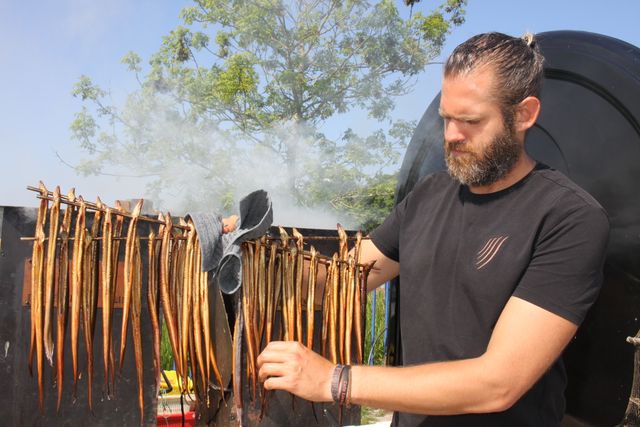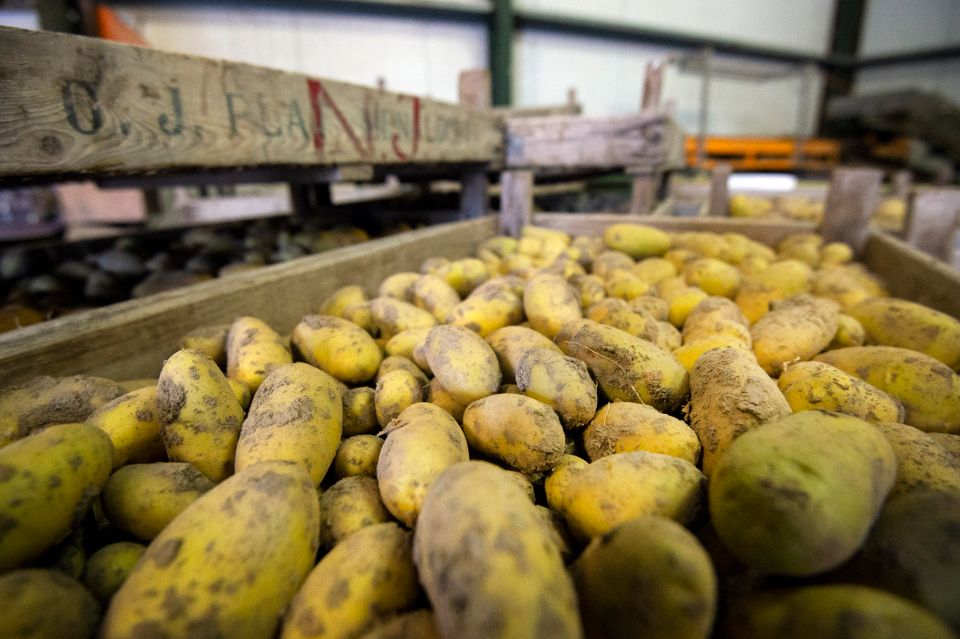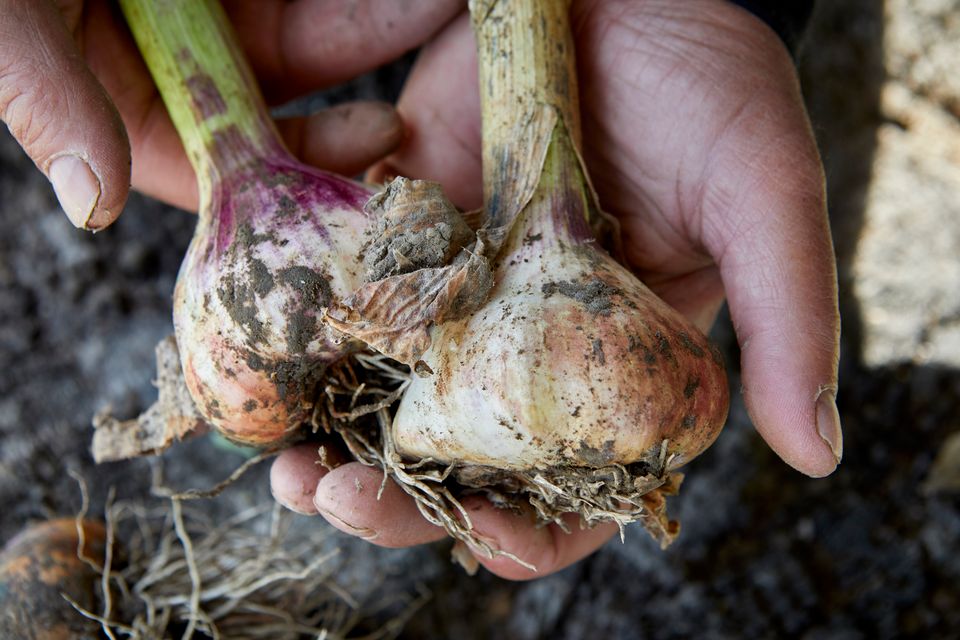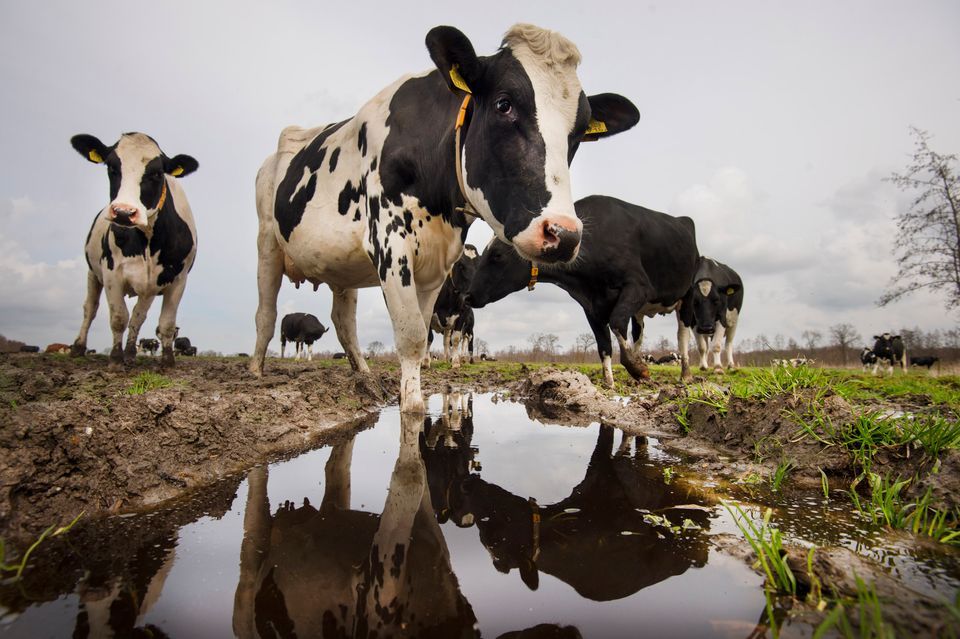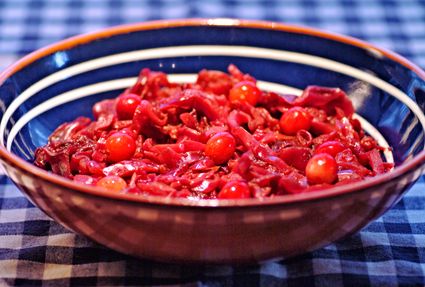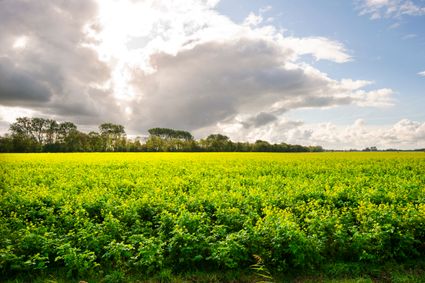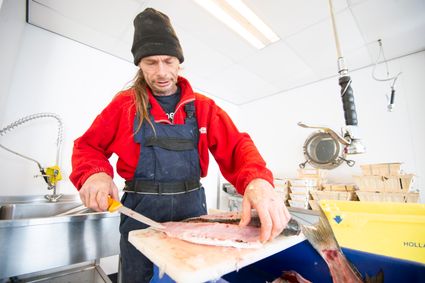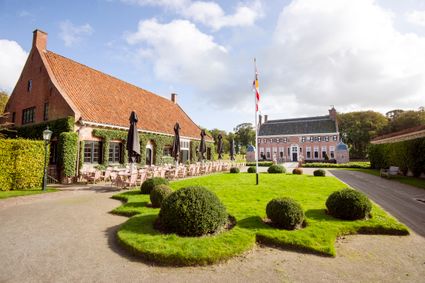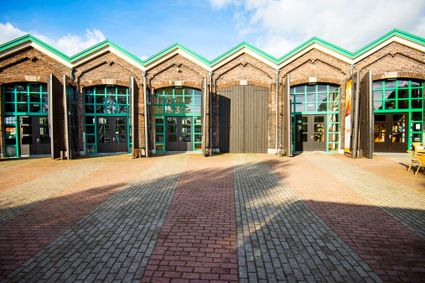Discover the Taste of the Wadden
The Taste of the Wadden is salty. Fish, shellfish and edible marsh plants, but also various meats and vegetables get their characteristic flavours from the Wadden Sea World Heritage Site. But that doesn't mean everything is salty. The salt is mainly a flavour enhancer that gives all the natural ingredients from the Wadden area that extra boost of flavour. Come and sample the Taste of the Wadden from farmers, fishermen, in a tea garden or from one of the many chefs who cook with a discerning eye for nature.
(reading time: about 5 minutes)
The Wadden is a wonderful area for chefs and foodies where nature provides the most fabulous flavours. The locals have been adding their own creative mixes to recipes for years. And they still do. Many places along the coast and on the islands are now experimenting with cultivating salt-tolerant plants. A climate-change solution not just for the area but for deltas all around the world. Producing and preparing food in and near a natural UNESCO World Heritage Site does have its obligations.
Do you love honest food? Organic, local and with the smallest possible ‘foodprint’. Then the Wadden area is the place for you. And it's not only the restaurants that love to see you coming; many farmers are happy to let you tag along on their sustainable food journey. You can find them via one of the food routes on this website. Fun to discover, great to taste.
Wadden connoisseurs
Another way to discover the Taste of the Wadden is to take a walk with a Wadden connoisseur. Join sustainable fishermen and see how they catch their fish, most often using traditional techniques. Every season has its species with its own flavour and preparation method. Fish is often smoked so it can be enjoyed longer. It's not just the composition of the brine that gives the smoked fish its flavour; the type of wood used in the smoking process and the added herbs also determine the final result.
Fishing is not just for the sea. Why not try 'fishing' for Japanese oysters and mussels on the edges of the Wad? Taste them fresh from the bottom of the Wadden on an excursion with a Wadden guide or collect them and take them home to prepare a delicious dinner.

Heavy clay and wet marsh
Despite the risk of flooding, the Wadden area has been inhabited for a long time; proof of its fertile soil. The sedimentation of fertile clay after each tide has formed the coastal landscape where crops have been cultivated and cattle raised since the days of the terps and mounds. The construction of the dikes helped to increase agriculture. It was said that the fields in Groningen, the Graanrepubliek in particular, were so long you could see the curves of the planet in them. But the tides seem to have turned. The Wadden coast is still feeding part of the world's population with its milk and potatoes but the continuing increase in profits is being replaced with more farming in tune with nature.
Sheep country
This is also true of the lamb and mutton from the Wadden area. Texel is known for it, but sheep farmers can be found all over the Wadden. Sheep are the main grazers on the Wadden sea dike and sheep and lambs also graze in the polders and marshes of the other islands. The best time to eat lamb - contrary to popular belief - is not during early spring but from the summer on, when the lambs have been grazing outdoors for at least 100 days. Visit one of the many farm shops in the Wadden that are open year round and taste the sheep's milk cheese.
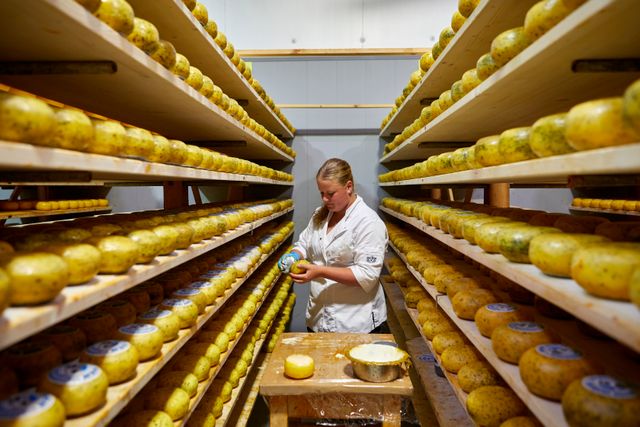
More Taste of the Wadden - Discover the best stories from the Wadden area
-
Taste it yourself!
Taste it yourself!
Discover the recipes behind the stories
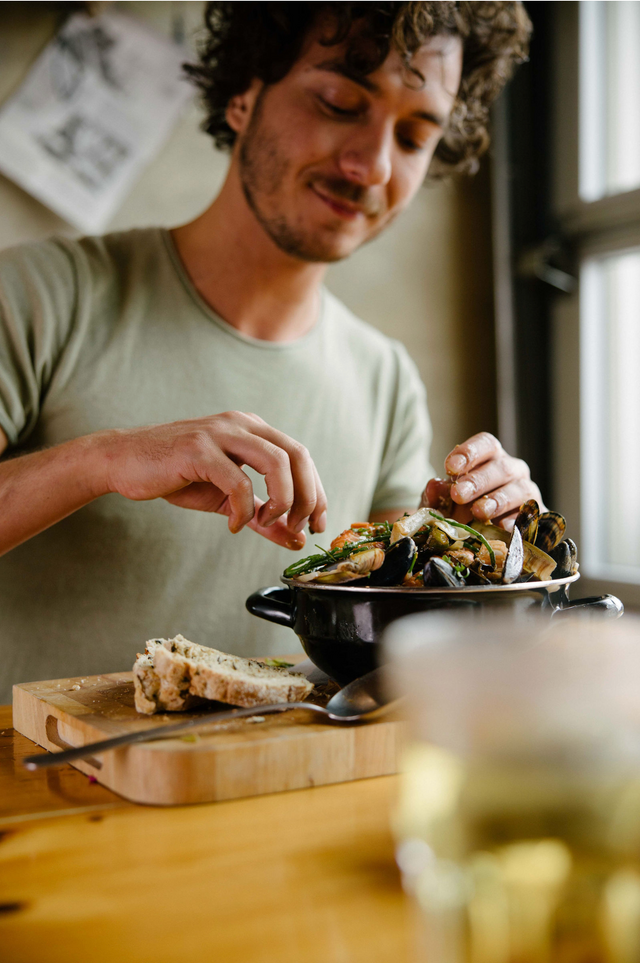
-
Taste of the Wadden
Taste of the Wadden
